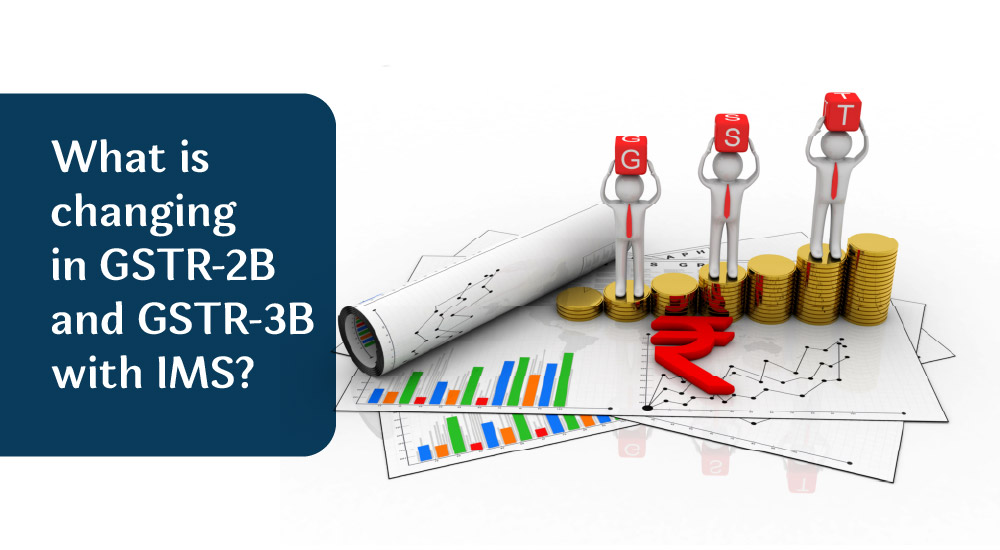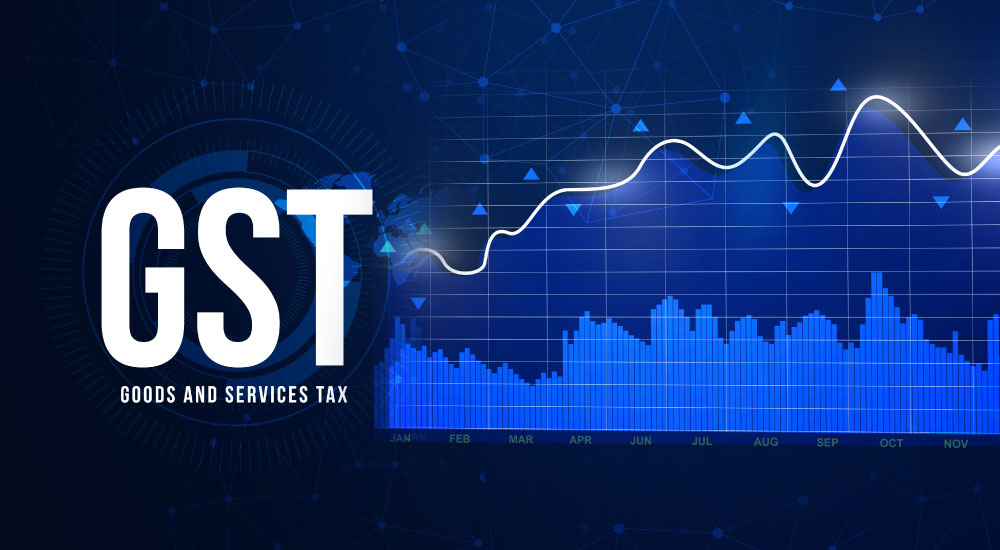The Goods and Services Tax (GST) Council concluded its 56th meeting in New Delhi on 3rd September, 2025, introducing sweeping reforms that simplify the tax structure and bring relief to consumers and businesses alike. One of the biggest changes is the adoption of a streamlined two-rate GST system, alongside key revisions recommended by various Groups of Ministers (GoMs) tasked with studying indirect tax reforms.
This reform simplifies compliance, eases tax calculation challenges, and brings relief to consumers and businesses alike.
What was the decision in 56th GST council meeting?
The long-discussed proposal for a two-tier GST structure has now been approved (and implemented starting from 22nd September 2025):
-
5% GST: Applicable to most essential and everyday goods and services.
-
18% GST: For higher-value products and services.
-
40% GST: Introduced for select luxury and sin goods, including tobacco, private aircraft, and yachts.
This marks a major simplification from the previous four-tier system of 5%, 12%, 18%, and 28%.
Key changes to GST rates
| Product / Category | Old GST Rate | New GST Rate (Effective 22 Sep 2025) |
|---|---|---|
| Items in 12% slab | 12% | 5% |
| Health & Life Insurance | 18% | Nil / 5% |
| Electronics & White Goods (ACs, TVs, refrigerators, washing machines, cement) | 28% | 18% |
| FMCG sachets (₹10 or less) | 18% | 5% |
| Small cars (Petrol <1200cc, Diesel <1500cc, length <4m) | 28% | 18% |
| Essential items (toothpaste, umbrellas, pressure cookers, sewing machines, small washing machines, bicycles) | 12% / 18% | 5% |
| Fertilisers | 12% | 5% |
| Textiles | 12% | 5% |
| Renewable energy equipment | 12% | 5% |
| Handicrafts | 12% / 18% | 5% |
| Agriculture-related inputs | 12% | 5% |
Why GST 2.0 changes matter for consumers and businesses?
For Consumers:
-
Everyday goods like toothpaste, kitchenware, FMCG sachets, and essential groceries has become cheaper.
-
Healthcare and life insurance products has become more affordable.
-
Big-ticket items such as electronics, white goods, and small cars have seen significant tax reductions.
For Businesses:
-
Simplified GST slabs reduce compliance complexity and paperwork.
-
Inventory management, invoicing, and pricing strategies become more predictable.
-
Smoother tax filing processes, fewer disputes, and lower operational risk.
For States:
-
Some states may face short-term revenue adjustments due to lower GST collections.
-
The new framework balances simplification with safeguards to maintain fiscal stability.
Implementation
While the GST 2.0 has come in effect from 22nd September 2025, to comply seamlessly, businesses need to update pricing, accounting software, billing systems, and inventory valuations in line with the new GST structure.
Luxury and demerit goods will continue at their existing rates until any applicable cess obligations are fulfilled.
Strategic implications
-
Consumption boost: Lower prices on essential and discretionary items could stimulate demand across sectors.
-
Operational readiness: Businesses should reassess pricing, contracts, inventory, and supply chain processes.
-
Technology advantage: TallyPrime users can leverage automated GST rate updates, intelligent classification, and inventory revaluation to ensure a smooth transition.
This reform represents the most significant GST overhaul since its launch in 2017, aimed at simplifying compliance, boosting consumption, and making India’s tax system more transparent. With the new GST rates now in effect, businesses and consumers can plan for a smoother festive season.

















